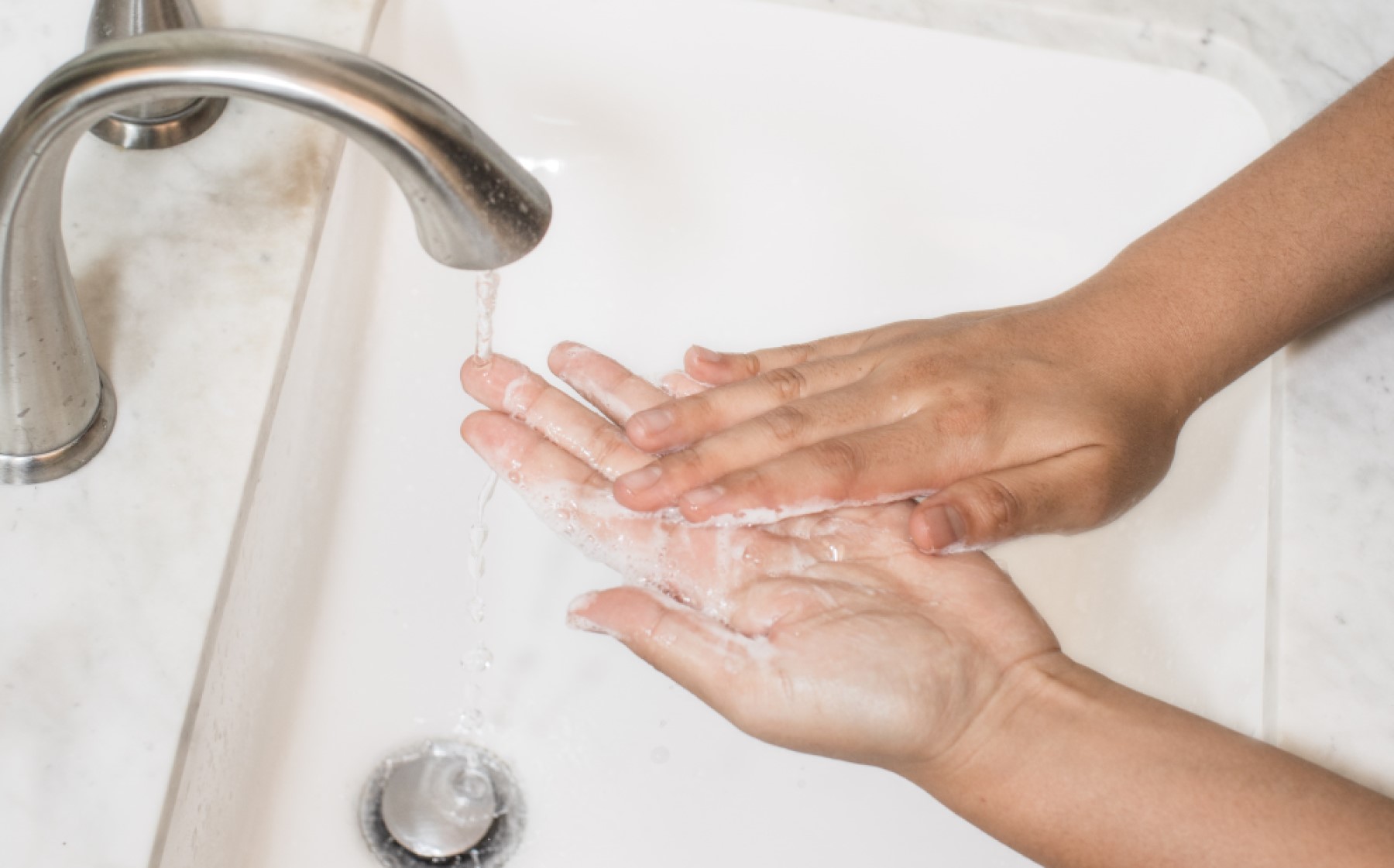When I was a child, my mother drilled into me the concept of washing my hands after going to the toilet and after playing outside. Understandably this isn’t a new or ground-breaking parenting style and is in fact an educational exercise most people have been subjected to by their parents over the years. But, with Global Handwashing Day here once again and now working within the catering and hospitality industry it got me thinking; how does this everyday personal hygiene practice differ for those serving our food?
When should caterers wash their hands?

So how often should a caterer wash their hands, and after what activities should they look to re-clean their hands?
The following acts as a guide for employers to educate their staff on when they should wash their hands:
- Immediately before handling/preparing food
- After using a washroom
- After coughing or sneezing
- When changing tasks/food station (especially when switching between raw and cooked meats)
- After handling money, rubbish or tools
- After picking up items from the floor
- After partaking in activities that could contaminate hands
- After using chemicals/cleaning products
Understandably, some establishments may deal with exotic or more potent foods / chemicals in which case thorough hand washing will be required after handling.
So now we know when staff should wash their hands, now we must discuss what is best practice when washing.
What’s the best way for caterers to wash their hands?
Teaching staff how to properly wash their hands, especially during the food preparation process, is a necessity not only for the personal hygiene of staff, but also for contamination prevention purposes. All personnel should be shown proper hand hygiene techniques upon arrival, with annual reviews / reminders held too. It is an employer’s responsibility to develop and implement a protocol which must always be followed, especially in the hospitality and catering arenas.
The following procedure is regarded best practice where kitchens are concerned:
- Run warm water and place both hands together under the tap to wet the hands
- After 20 seconds, apply soap to hands
- Rub both hands together for at least 20 seconds to ensure the soap has sufficiently covered the hands
- Whilst applying soap, make sure to include areas such as wrists, back of the hands and under finger nails
- Rinse soap from hands
- Using a clean towel, dry hands completely clean and be sure to pat hands dry as opposed to rubbing to avoid chapping and cracking
If soap and water and not available, staff should use an alcohol-based hand sanitiser instead to neutralise any excess bacteria.
Another aspect employers need to considered is staff not only need a guide and structure, they also need the means to fulfil their hand hygiene requirements. Employers must provide the necessary equipment and appliances for the protocols they are initiating. Items include a hand wash station/basin, antibacterial soap, hand towel/blue roll dispenser, hand wipes and in the absence of these alcohol-based hand sanitiser.
One of the most important items is a soap. Staff need access to soap in order to properly disinfect their hands. We find one of the best formats for providing employees with soap is a dispenser, preferably wall mounted. One such example is our liquid dispensers from Tork. Their simple to use design and ergonomic shape make them a perfect solution for helping improve kitchen hand hygiene.


